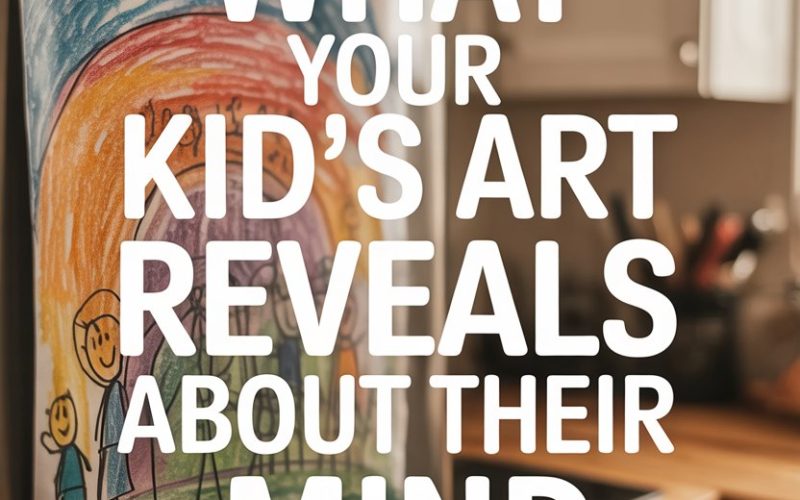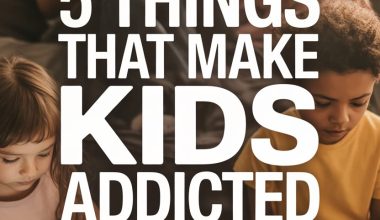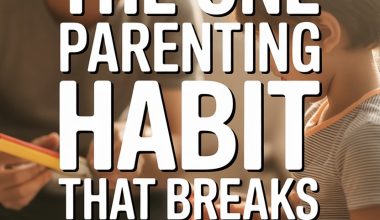There it is, stuck to the fridge with a magnet shaped like a strawberry: a wild swirl of purple crayon, a few questionable stick figures, and—if you squint—what might be a dinosaur wearing ballet shoes.
Is it modern art or the unraveling of your child’s psyche after too many episodes of Bluey? Every scribble, blob, and lopsided smiley face isn’t just an explosion of mess—it’s a window into your child’s growing mind.
The Language of Scribbles and Swirls
Long before children have the words to explain themselves, their drawings tell stories.
Those tangled spirals and random splashes of color aren’t just the result of a sugar rush; they’re early attempts to process and express emotions, experiences, and their understanding of the world.
Art therapist Cathy Malchiodi, PhD, notes that children’s art is a bit like a diary—one that doesn’t need perfect grammar or spelling.
If your toddler’s ‘dog’ has six legs and a blue tail, don’t panic. They’re not auditioning for a Picasso biopic; they’re showing you how their brain puts things together.
Why Faces Matter (Even the Freaky Ones)
Ever noticed how kids obsess over drawing faces? There’s a reason heads take up 90% of the paper and limbs are an afterthought.
Faces are the most important thing in a young child’s universe. They’re learning to read expressions, and drawing big eyes or toothy grins can be a sign your child is growing more in tune with the emotions of others.
A study from the University of London found that children who draw detailed faces (think lashes, eyebrows, tiny noses) tend to be more advanced in social development.
So, if your little artist is giving Dad bushy eyebrows that would rival caterpillars, take it as a compliment.
Color Choices: More Than a Fashion Statement
If your child only uses black, it’s tempting to go full detective mode. But color choice in kids’ art isn’t always a cry for help or a sign of secret genius. Sometimes, the purple marker is just closest to hand.
That said, researchers have found that children who are feeling happy often reach for bright, vibrant hues, while kids going through a rough patch might lean toward darker shades.
If your usually-sunny child suddenly draws a lot of rain clouds, it might be worth checking in (gently) about their day.
But don’t throw out all the black markers; as Ylva Fernaeus of Stockholm University points out, color choices can also reflect imagination or trends in their favorite TV shows.
Family Portraits: Where Everyone Gets a Beard
Few things are as revealing as the classic family portrait assignment. Is everyone holding hands? Does someone have a massive head or, awkwardly, no feet?
Psychologists have long used these doodles to glean insights into family dynamics and self-esteem.
A child who draws themselves far away from the rest of the family, or leaves out a family member, might be working through feelings of exclusion.
Conversely, kids who put everyone in a big, happy cluster could be feeling secure and connected. Still, don’t rush to book a family therapist if you’ve sprouted an extra leg or lost your ears in the latest masterpiece.
Sometimes, kids just run out of paper.
Imagination Vs. Observation
Some children draw what they see; others draw what they wish. A spaceship in the backyard, a unicorn at the breakfast table—these aren’t signs your child can’t tell reality from fantasy. Quite the opposite.
Imaginative drawings can indicate a healthy, creative brain.
In fact, a study from King’s College London found that four-year-olds who added lots of little details to their drawings tended to perform better on later intelligence tests.
So if your preschooler’s artwork looks like a scene from outer space, you might want to save it for their autobiography.
Repeating Patterns and Themes
Does your child keep drawing the same thing over and over—a house, a cat, a squiggle that’s apparently the family car? Repetition is common and usually means your child is working through an idea or skill.
For example, children who repeatedly draw houses are often exploring feelings about safety and belonging, while a parade of dinosaurs might signal a newfound fascination (or that you read “How Do Dinosaurs Say Goodnight?” far too many times this week).
If you notice your child’s art stuck on a worrying theme—say, lots of sad faces or angry storms—it’s worth slipping a gentle question into the bedtime chat.
Kids aren’t always forthcoming with their words, but their art can open the door to a conversation.
Messy, Wild, and Proud: The Joy of Process Art
Many parents get hung up on the final product, but child psychologists remind us: it’s the process that counts. Kids who slather paint with both hands or glue googly eyes onto everything are building fine motor skills, confidence, and resilience.
Process art—where the end result matters less than the act of creating—encourages experimentation and problem-solving.
Try asking your child how they felt while painting, or what they liked best about the experience. You’ll be surprised by the stories they share.
Spoiler: It usually involves glitter.
When to Cheer—and When to Pause
Most of the time, your child’s wild artwork is nothing to worry about. But keep your radar tuned for sudden, dramatic changes.
If a child who loved drawing happy families suddenly won’t draw people, or their pictures suddenly include lots of violence, it’s worth reaching out to a teacher, counselor, or your GP for a chat.
The British Association of Art Therapists recommends parents trust their instincts. Children process big emotions through play and art, and sometimes they need a little extra help making sense of things.
If you’re unsure, snap a photo of the artwork and discuss your concerns with a professional.
What to Say (and Not Say) About Their Art
It’s tempting to gush, “Wow, what a beautiful tree!” only to be told, “Mum, that’s my football coach.”
The best approach? Ask questions and show genuine interest. “I see lots of blue here—what made you choose it?” or “Can you tell me about this part?” leave space for your child to talk about their choices.
Try not to correct or interpret too much. Kids are experts in their own creations. And nothing flattens enthusiasm like an adult who tries to “fix” a masterpiece.
Practical Ways to Encourage Artistic Expression Tonight
Short on time? No fancy supplies or Pinterest-worthy setups required. A stack of paper, some crayons, and a chunk of time after tea will do.
— Set out open-ended materials: Plain paper, colored pencils, watercolors, washable markers. Old magazines for collage if you’re feeling brave.
— Join in: Nothing says, “I value your ideas” like drawing side-by-side. Bonus points if you let your child show you how to draw a cat.
— Create space for mess. Newspaper, an old towel, or the garden table can turn cleanup from panic to a breeze.
— Keep it relaxed. No one’s grading these masterpieces, and the fridge can always make room for one more.
When Masterpieces Turn Into Memories
Some drawings become instant classics—the kind you’ll someday find at the bottom of a drawer and sniffle over. Others serve their purpose and quietly head to recycling when the coast is clear.
The most important thing is that your child feels heard, valued, and free to express themselves. Every scribble is a story, every rainbow-haired cow a glimpse of a unique mind at work.
Listening to what your child’s art is trying to say (even if it’s just “I like the colour red and also trucks”) builds their confidence to keep sharing, imagining, and creating. And isn’t that the point?
Now, go on—ask your little artist what inspired today’s creation. You might just get an answer that surprises you.





